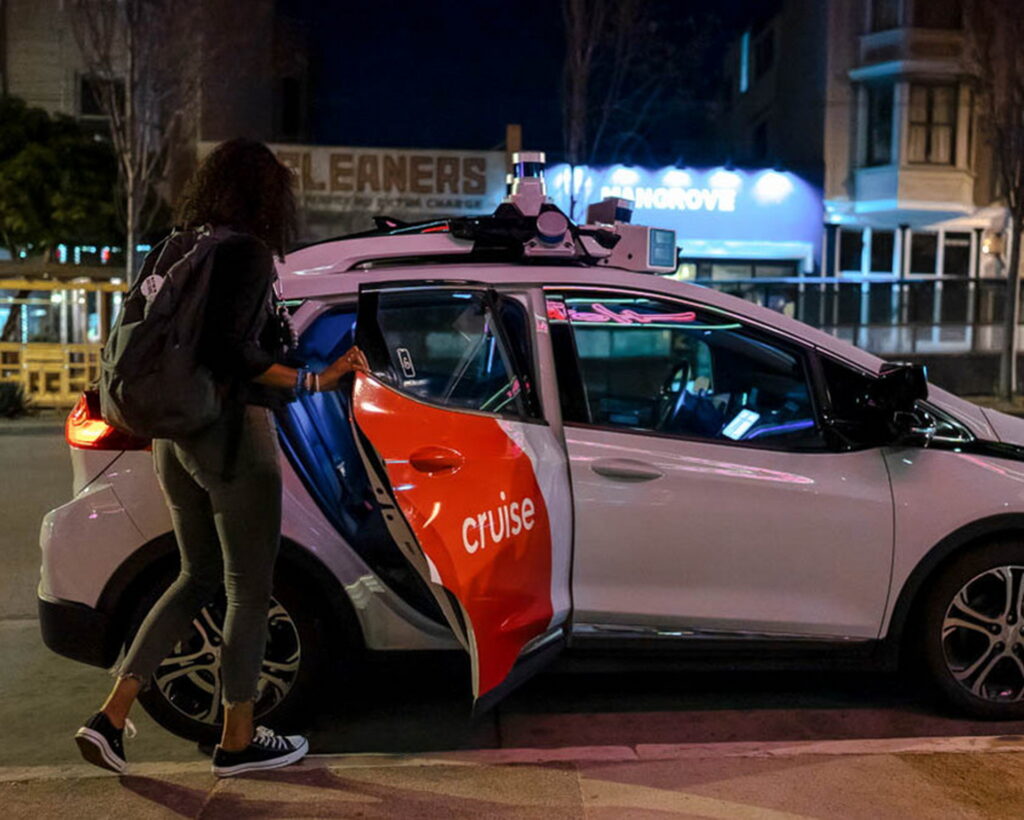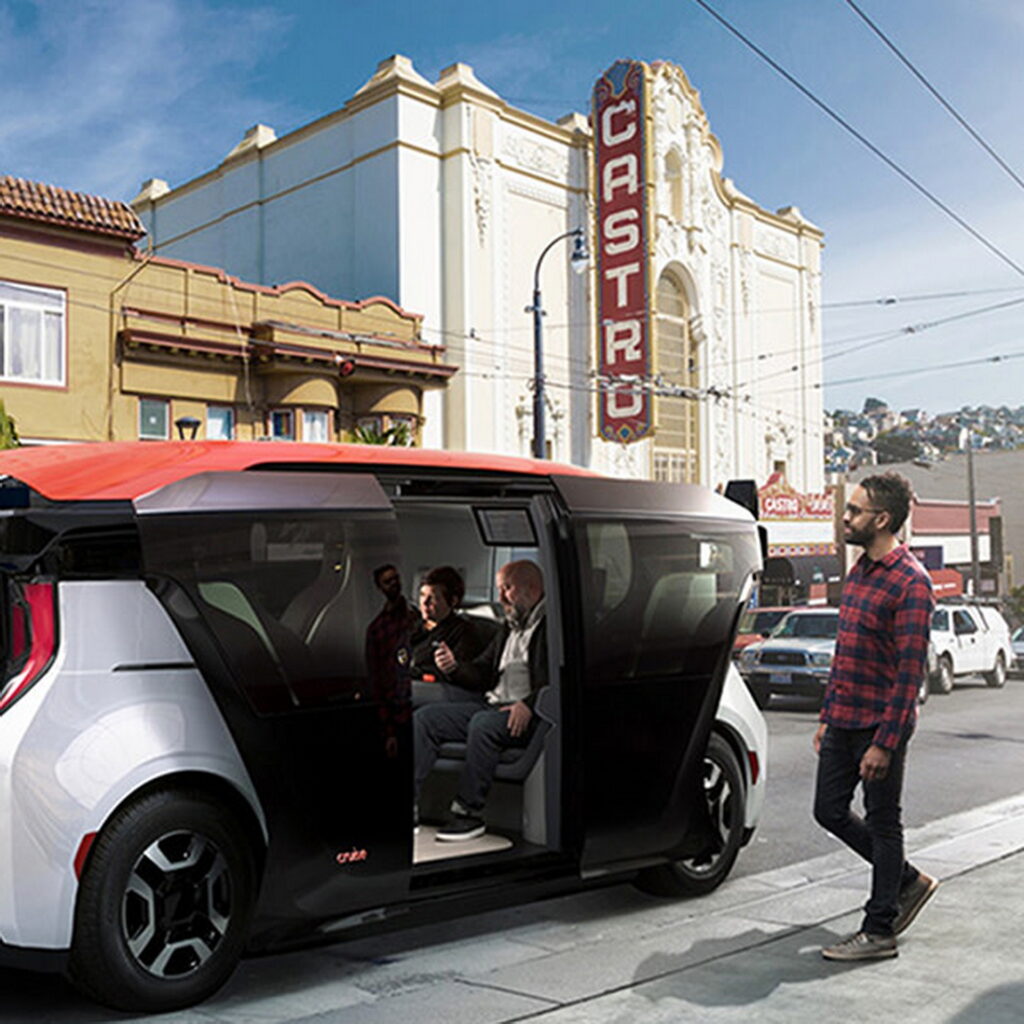American safety regulators have launched an investigation into the autonomous driving software that powers Cruise LLC’s robotaxis. The investigation is looking into two separate issues to see if and how they may be related.
Specifically, the National Highway Traffic Safety Administration (NHTSA) says that it has received complaints about the GM-owned company’s vehicles engaging in “inappropriately hard braking or becoming immobilized.”
It says that these issues “appear to be distinct,” but writes that “each result in the Cruise vehicles becoming unexpected roadway obstacles.” The agency will look into the “commonality and safety logic of the hard braking incidents” as well as the “frequency, duration and safety consequences associated with the vehicle immobilization incidents.”
Read: One Of Cruise’s Autonomous Chevy Bolts Froze At An Intersection Over The Weekend
The agency writes that these on-road errors could “introduce multiple potential hazards such as a collision with a Cruise vehicle, risk to a stranded passenger exiting an immobilized Cruise vehicle, or obstruction of other traffic including emergency vehicles.”
The regulator says that it has received three reports of Cruise vehicles “initiating a hard braking maneuver in response to another road user that was quickly approaching from the rear. In each case, the other road user subsequently struck the rear of the ADS-equipped vehicle.”
NHTSA is, therefore, opening a preliminary evaluation looking at 242 Cruise vehicles. The investigation is not a recall, and will not necessarily lead to one, but is an early step in the process that could lead to a recall campaign.
Cruise told Reuters that its vehicles, which are based on the Chevrolet Bolt EV, have “driven nearly 700,000 fully autonomous miles in an extremely complex urban environment with zero life-threatening injuries or fatalities.”

It added that it believes that there is a “balance” between regulatory scrutiny and innovation, but that it plans to “fully cooperate with NHTSA or any regulator.” It said that police did not ticket its vehicles in any of the crashes referenced by the administrator.
Cruise used a similar line of reasoning after being made to issue a recall of its vehicles following a traffic accident. Although it maintains that its vehicle wasn’t “the party at most fault” in an accident that saw a human-driven vehicle crash into a left-turning Cruise test vehicle, it updated its software to better respond to similar scenarios in the future.
Cruise was the first automaker to receive a license from the state of California to operate robotaxis for paying customers and has since said that it plans to expand to more markets around the U.S. It also intends to start testing fully autonomous pods with no steering wheels or human-oriented controls in limited areas in the near future.





